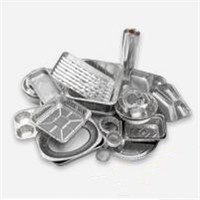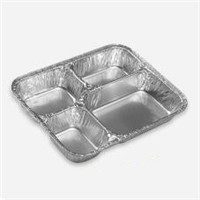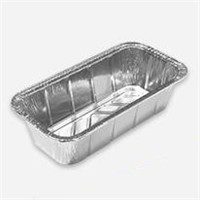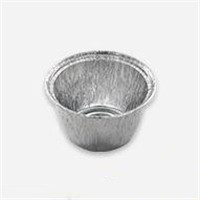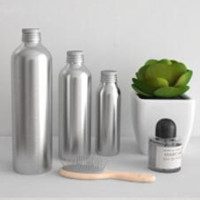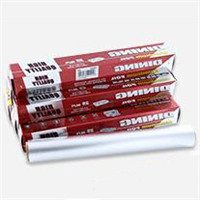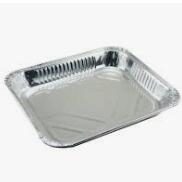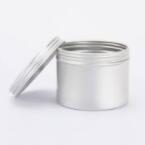To provide a comprehensive comparison, let’s compare aluminum containers with other commonly used packaging materials: plastic containers and glass containers.
- Durability:
- Aluminum: Aluminum containers are highly durable and resistant to corrosion. They can withstand various environmental conditions and provide effective protection for the contents.
- Plastic: Plastic containers can vary in durability depending on the type of plastic used. While some plastics can be durable, others may be more prone to cracking or breaking.
- Glass: Glass containers are generally durable and resistant to damage, but they are more susceptible to breakage compared to aluminum and plastic.
- Environmental Impact:
- Aluminum: Aluminum containers are highly recyclable and have a low environmental impact. Recycling aluminum helps conserve natural resources and reduce energy consumption.
- Plastic: Plastic containers, depending on the type of plastic, can have varying levels of recyclability. However, certain types of plastic containers can contribute to environmental issues, such as pollution and waste accumulation.
- Glass: Glass containers are highly recyclable and have a low environmental impact. Glass recycling helps conserve resources and reduces the need for primary glass production.
- Weight:
- Aluminum: Aluminum containers are lightweight, which makes them easy to handle, transport, and stack. This lightweight nature reduces energy consumption during transportation.
- Plastic: Plastic containers can vary in weight depending on the type and thickness of the plastic used. They can range from lightweight to heavy, depending on the application.
- Glass: Glass containers are heavier compared to aluminum and plastic containers, which can increase transportation costs and energy consumption.
- Barrier Properties:
- Aluminum: Aluminum provides excellent barrier properties against light, oxygen, moisture, and other contaminants. It helps preserve the freshness and quality of the contents.
- Plastic: Plastic containers can have varying barrier properties depending on the type of plastic and any additional coatings or layers applied. Some plastics offer good barrier properties, while others may require additional measures for effective product protection.
- Glass: Glass containers offer excellent barrier properties and provide an effective barrier against light, oxygen, and moisture, helping to maintain product freshness and quality.
- Transparency:
- Aluminum: Aluminum containers are not transparent; they have an opaque surface that limits visibility of the contents.
- Plastic: Plastic containers can be transparent or translucent, allowing consumers to see the contents.
- Glass: Glass containers offer transparency, allowing consumers to see the contents and assess their quality.
- Heat Resistance:
- Aluminum: Aluminum containers have good heat resistance, making them suitable for applications that involve heating or reheating food.
- Plastic: Plastic containers can have varying heat resistance properties depending on the type of plastic. Some plastics may not withstand high temperatures and can melt or release harmful substances.
- Glass: Glass containers are highly heat resistant and can withstand high temperatures without deforming or releasing harmful substances.
When comparing aluminum containers with plastic containers and glass containers, factors to consider include durability, environmental impact, weight, barrier properties, transparency, and heat resistance. The choice of container depends on the specific needs of the product, sustainability goals, and consumer preferences.



